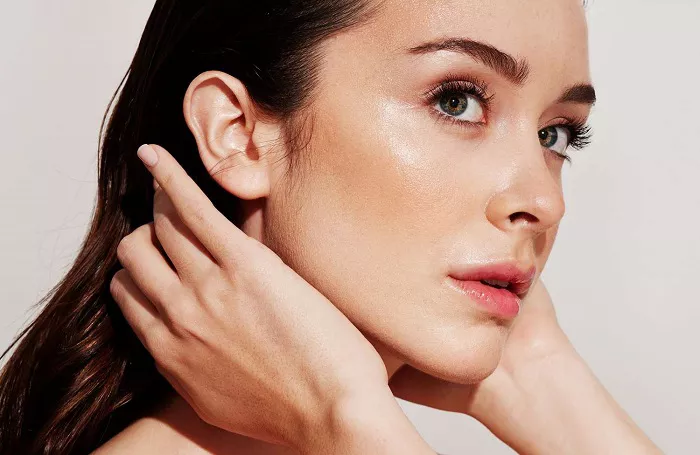Tretinoin, a revered component of both dermatological circles and the beauty enthusiast realm, stands as an enduring champion in the realm of skincare. Its inception within the realm of pharmaceutical dermatology has propelled it to a cultlike status, revered for its dual capabilities in combating acne and the signs of aging. Nonetheless, this journey through the world of skincare has not been devoid of controversy.
Albert Kligman, a pioneering figure in dermatology and a co-inventor of tretinoin, made substantial strides in the treatment of acne and various skin ailments. However, an unsettling facet of his early research involved experiments on local Black inmates in the United States, a practice that has elicited controversy over time. This has spurred discussions about Kligman’s legacy, encompassing both groundbreaking contributions and ethical transgressions.
What is Tretinoin?
At its core, tretinoin, also recognized as Retin-A, stands as a topical retinoid—a group of compounds known for their transformative impact on the skin. Derived from vitamin A, this remarkable molecule has gained acclaim within the skincare realm for its efficacy in addressing acne, aging signs, and various skin disorders.
Dr. Tiffany Libby, a double board-certified dermatologist and Mohs surgeon, explains that tretinoin operates by binding to retinoic acid receptors (RARs) within the cell nucleus. This interaction influences gene expression, particularly by enhancing the turnover of skin cells, leading to the shedding of aged cells and the emergence of new ones. Consequently, the skin is prompted to produce additional collagen and vital proteins within the dermis, maintaining the skin’s structure, firmness, and elasticity.
When directed toward combating acne, tretinoin obstructs pore blockages and curtails the accumulation of debris responsible for triggering breakouts. It also regulates sebum production, thereby reducing the excess oil that contributes to the formation of acne.
Simultaneously, tretinoin emerges as a potent ally in the battle against aging. Its consistent use accelerates cell turnover, promoting the shedding of older layers and paving the way for youthful skin to surface. As a result, fine lines and wrinkles gradually fade, and the generation of collagen-rich skin cells yields a smoother and more resilient complexion.
Tretinoin vs. Retinol
Tretinoin and retinol, both derivatives of vitamin A, fall under the umbrella of retinoids. They share the objective of enhancing skin cell renewal and collagen production to unveil a more youthful visage over time. While their origins and fundamental benefits align, they diverge in potency and interaction with the skin.
Tretinoin, available only through prescription, directly binds to skin cell receptors, profoundly influencing cell turnover and collagen synthesis. This potency, while advantageous, comes with heightened skin sensitivity and the potential for irritation, rendering it unavailable over-the-counter.
Conversely, retinol, a milder retinoid variant, is accessible in over-the-counter products. Once applied, the skin gradually converts retinol into tretinoin, rendering its effects more gradual and suitable for individuals with sensitive skin.
While retinol is generally gentler than tretinoin, it still stimulates cell turnover and collagen production, leading to textural enhancements and the reduction of fine lines over time.
The Proper Application
Amidst the surge of social media and self-proclaimed skincare experts, conflicting advice regarding the frequency of tretinoin usage and its compatibility with diverse skin types has emerged. This has sparked discussions on how to harness its potential without risking undue harm.
Dr. Libby underscores the importance of personalization. “More does not necessarily equate to better; finding a dosage that your skin can tolerate consistently with minimal irritation is the key to achieving desired results. Additionally, using the correct amount is crucial—a pearl-sized quantity is adequate for the entire face.”
For those with sensitive skin, she advises against avoidance, suggesting a technique to alleviate irritation. “The sandwich technique entails applying a thin layer of moisturizer first, followed by tretinoin, and then another layer of moisturizer. This enhances tolerance and minimizes irritation.”



































